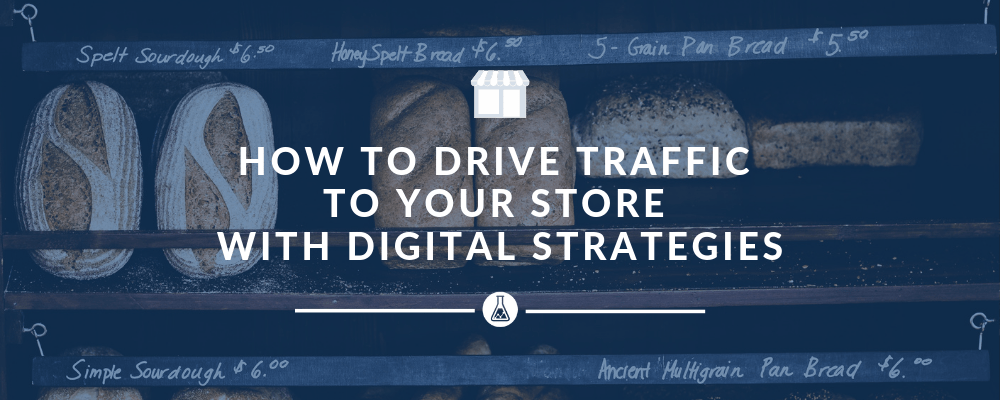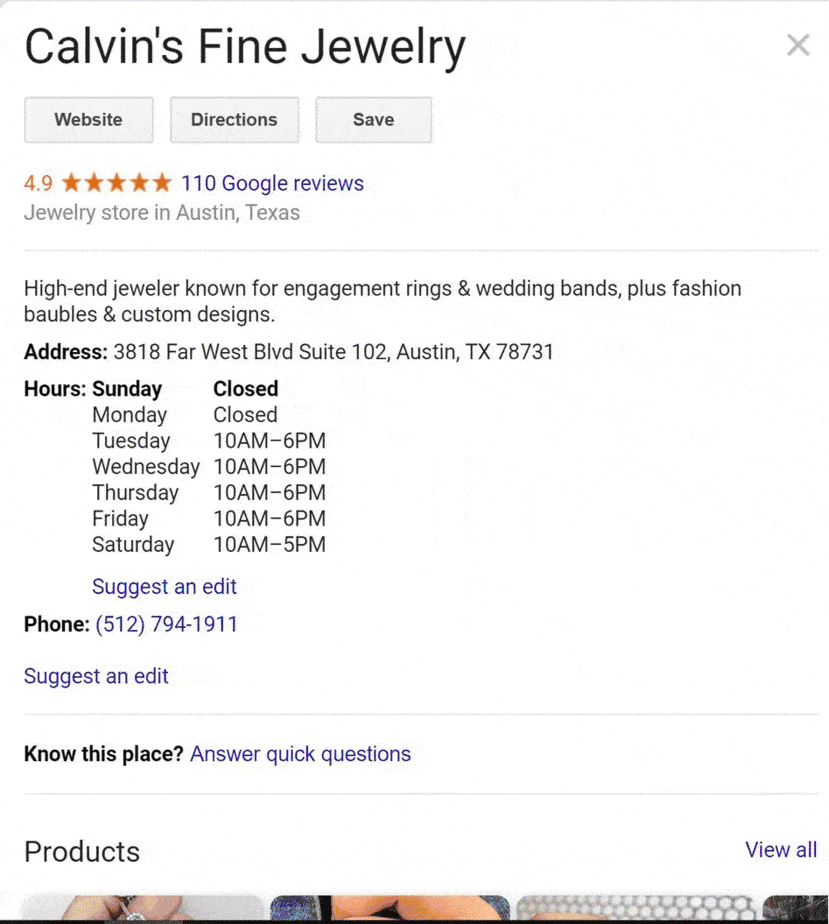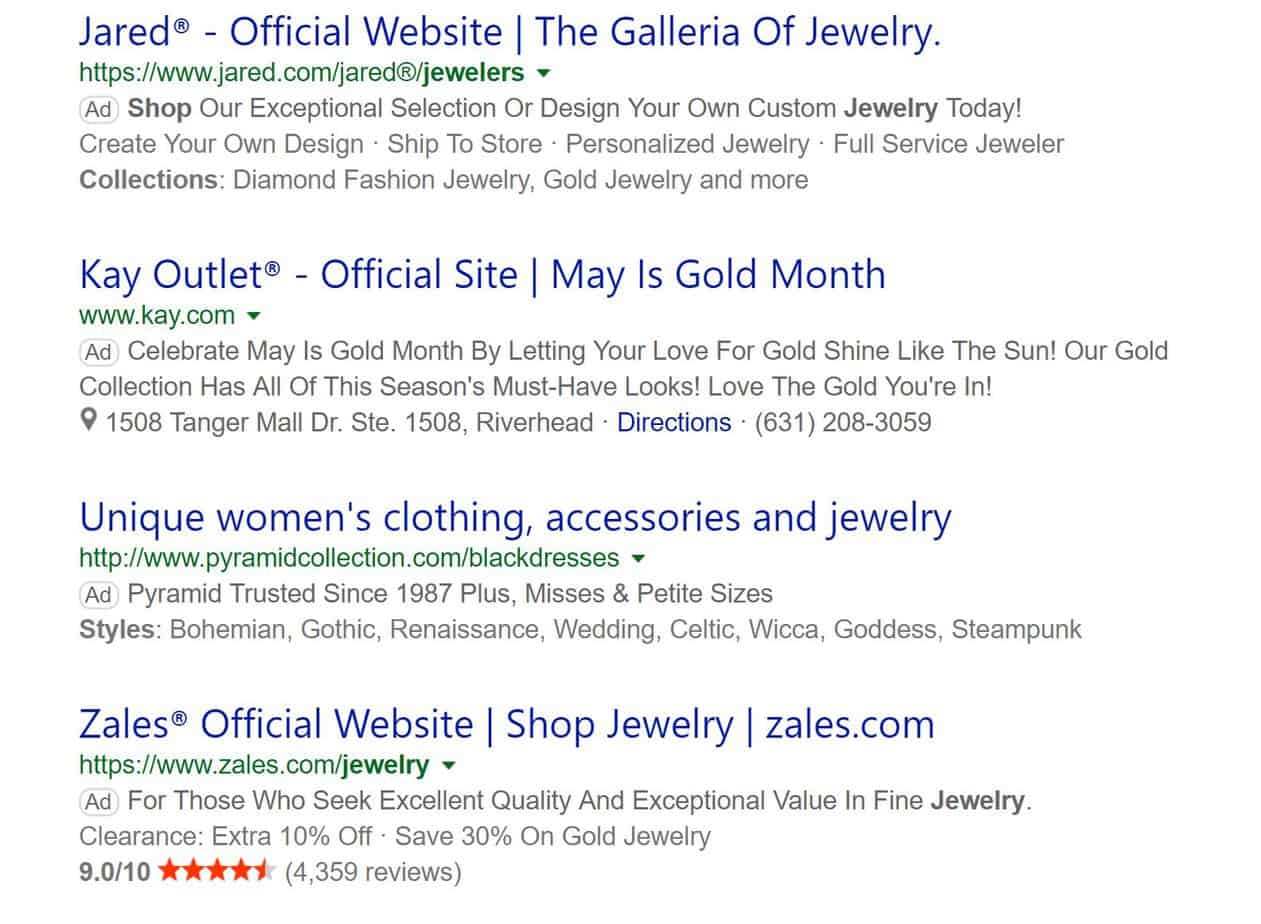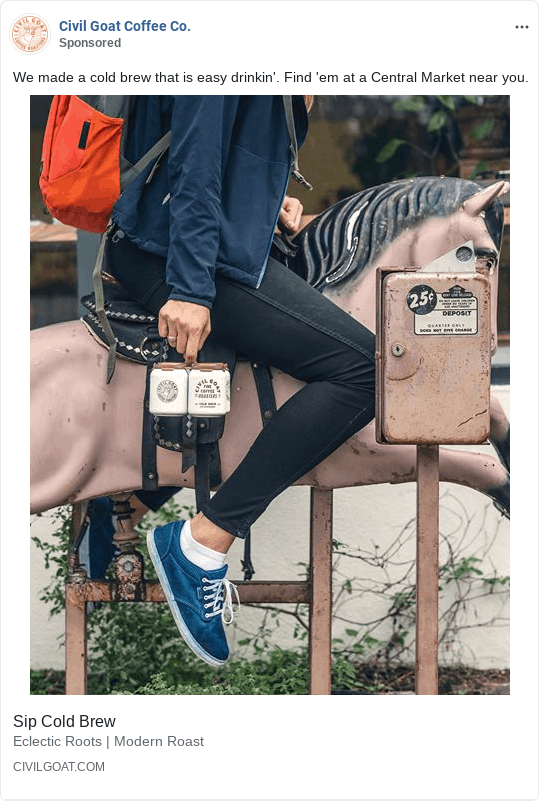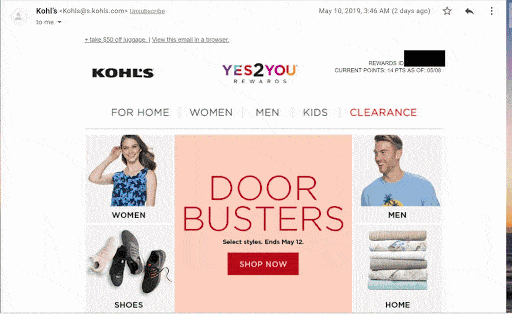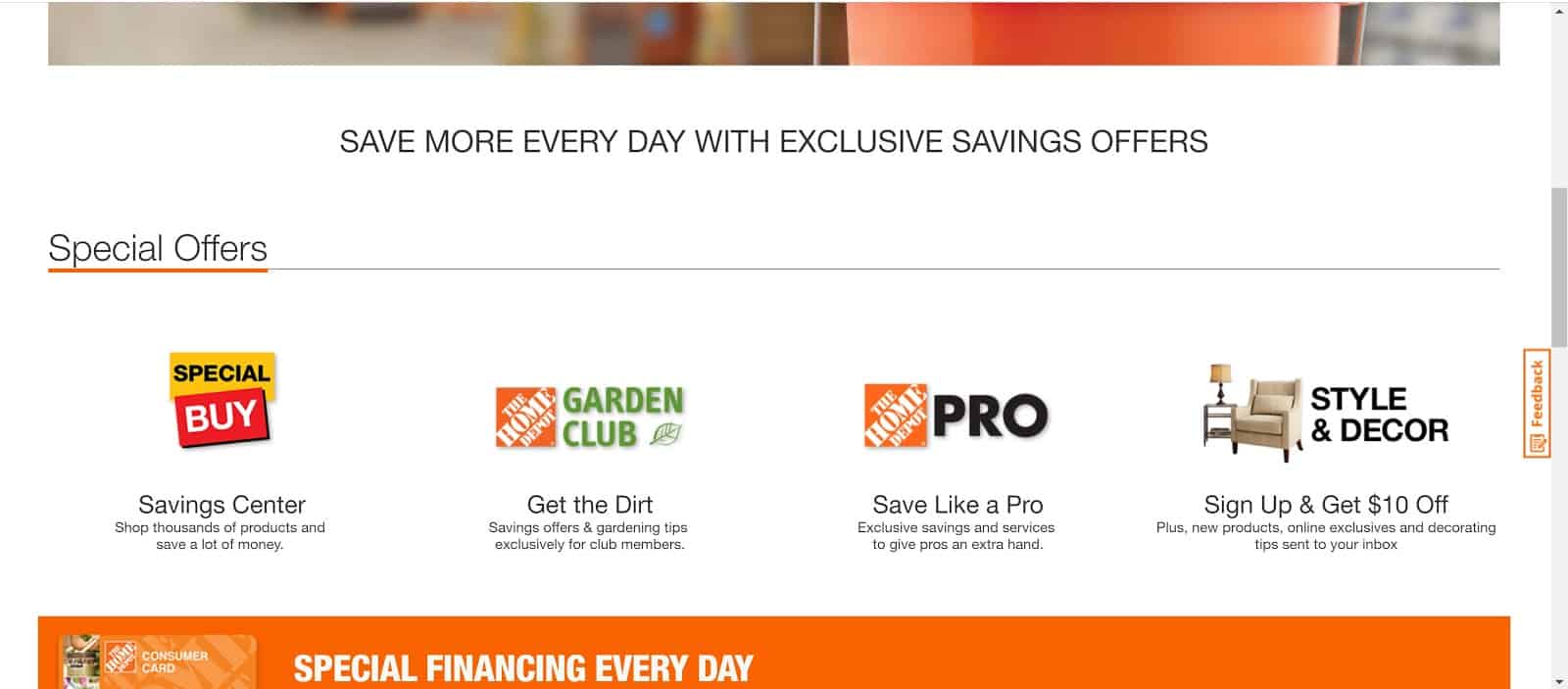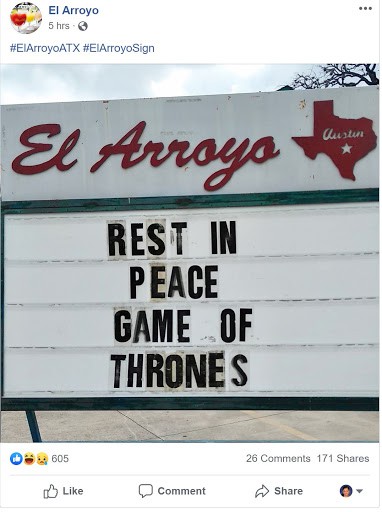Usually, we talk about digital marketing as a means to sell or generate leads online or drive people to your website. Those assumptions don’t account for all of the brick and mortar stores who also need digital marketing to drive traffic to their stores. In 2019, stores with physical locations don’t thrive unless they engage in the same types of activities online shops do.
The question is then, what can I do to get more people through my door?
How To Drive Traffic To Your Store with Google My Business
In years past, local businesses bought listings in the Yellow Pages to let people know where they were and how to contact them. That dynamic has evolved in the 21st Century from a physical book to a digital listing. Some examples of this are Google My Business, Yahoo, Bing Places, and Yelp.
These services allow you to create a business profile that appears when people search for businesses like yours. Your listing will show your business hours, website, phone number, and photos of your products or store. Some of these services allow people to visit your listing to leave reviews, and these reviews appear with your info every time your listing comes up in a search. Bing Places and Google My Business listings also show up on the map when someone clicks on map listings.
Think of directories such as these as handy, versatile tools to drive people to your store.
Attract Customers to Your Store Using Location-Based Advertising
Paid ads do more than sell products online. They are also a way to communicate with your audience. You can provide potential customers information, show enticing offers, and announce sales and events. You can appear when users search for products and let them know the product they need is available at your store.
Location-based advertising allows you to show up on searches from mobile and tablet devices, voice assistants (like Alexa), and desktop – making these tools a powerful way to remind your potential customers to drop by.
Bing and Google Ads - Not Just for E-commerce
Bing Ads (now known as Microsoft Advertising) and Google Ads feature powerful networks with the ability to reach people anywhere in the country. They do a fantastic job of getting people to your website, but it can get foot traffic to your store too.
Both platforms give you the ability to be seen by your community using location targeting. You can be seen by an audience in your city, in just one zip code, or even a radius around your business. When you connect your Google My Business account and enable location extensions, you’ll also appear on Google Maps.
Bing has location extensions as well. When you create location extensions in Bing, you add your business information like address and phone number. When your ad shows up for relevant searches your info will also appear. Location extensions allow your customers to get directions and store hours with ease.
Waze - More Than a Traffic App
You may be familiar with Waze as a traffic and directions app, but did you know Waze Local offers a way to show ads to drivers that are near your business? Through options like Branded Pins, Promoted Search, and a digital billboard ad called Zero-Speed Takeover, you can bring people to your store while they’re out and about. You’ll be top of mind as they’re going about their day and in your neighborhood.
How to Attract More Customers to Your Store through Facebook
Did you know that 68% of all Americans and 51% of teenagers use Facebook? Plus, according to Sprout Social, 78% of Facebook’s users are on the site every single day for an average of 35 minutes! With these compelling stats, it’s hard to deny Facebook’s integral role in reaching your audience. You can advertise your products or appeal to needs. For instance, look how this Austin coffeeshop will engage users close by with the thought of a cold brew and suggesting they stop by while they’re in the neighborhood.
In addition to being able to hone in on customers in your local area, you can leverage extra features like events to announce seasonal sales and special events you have in-store.
Show Off Products with Local Inventory Ads
Did you ever imagine you could keep up with big name brand box stores? Strategic marketing with Google’s Local Inventory Ads gives you the digital storefront you need to compliment your physical storefront. These ads give you a competitive edge and let your customers know you have what they’re looking for. They also give you a storefront to provide vital information like store hours and directions. You’ll also be able to measure the effect these ads have on your store traffic.
Email Marketing and Newsletters
Many customers are willing to sign up for various loyalty and rewards programs. If you don’t have a program like this, you’re missing out on another way to attract more customers to your store. Rather than sending mailers that may not reach their destination (or end up in the trash), why not collect email addresses to send updates, offers, and helpful tips, recipes, or projects? You can build the motivation to visit your store through these newsletters in various ways.
Two perfect examples of this technique are Kohl’s and Home Depot. Kohl’s uses programs like Yes to You Rewards to deliver a regular stream of sales, discounts, and rewards to their customers’ inboxes to get them into a store.
By contrast, Home Depot has several newsletters including clubs like the garden club. These newsletters offer tips, give project ideas, and include coupons to incentivize store visits while providing value.
Depending on your industry, you can use these newsletters in creative ways to gain loyal, regular customers.
Social Media Presence
Social media can sometimes feel like a lot of work with little gain. That’s why we suggest being as strategic as possible about your social media efforts. Your presence helps you to be found and begin a conversation with your clientele.
It’s best to choose one or two platforms your target market frequents and master those than to try to be present everywhere and do a lousy job at it. Being top of mind is the silent reminder most people need – like that Pillsbury commercial you see that sends you running to the store at 11 o’clock at night.
Get to Know Your Audience
The open dialogue you create will be useful in many ways. You can showcase products and explain the many features and benefits. You can have a quirky conversation and give gentle reminders of the items your new friends should come in to purchase.
For instance, El Arroyo of Austin engages its audience with fun signs and garners hundreds of comments. They manage to find amusing ways to stay top of mind. By the time you see an event mentioned, you’re naturally ready to visit.
Use YouTube to Illustrate Your Best Features
YouTube can be used to introduce users to your store, and how they’ll benefit from visiting you. Give a tour of your store and its employees. Try out your products on video. Unboxing is a particularly popular Youtube activity.
Whatever you do, make it exciting and fun for your audience. Then at the end of your video, ask people to visit your store. It wouldn’t hurt to give exclusive in-store coupons or offers during your videos for a little extra persuasion.
Exclusive Offers
Step up your game on social media by handing out exclusive in-store offers to your fans. Some great places to try this out are Instagram and Facebook stories since they’re visible for a specific timeframe.
Try to gear your promos to the demographics of the network. For instance, if you’re posting on Instagram, you’ll want to find something appropriate for someone in the 18-34 age range who is likely money-conscious, like a buy one get one free deal.
Event Hosting
Sometimes a digital-meets-traditional approach is the way to go. Events can get a lot of foot traffic to your store by attracting a wide range of people with a similar interest.
Consider partnering with another popular local business to add value. For example, restaurants host paint nights with local paint studios which brings people in, and they eat and drink while they’re at the event. A jewelry store could invite a local salon for a makeover event. The possibilities are endless.
Improving Your Website
According to Wordtracker, “96% of shoppers have searched online for a local business and 91% will read online reviews.” That means your website should be in tip-top shape. Does it include your physical address and phone number? Are your products and/or services up to date? Make sure you invest in a site that loads quickly and is mobile-friendly because you’ll turn much of your business away if they have to wait or struggle to navigate your site.
Increasing traffic to your brick and mortar store can seem daunting with so much online competition. Improving your online presence is essential to getting locals into your store. They’re looking for you online, getting directions, and wondering when you’re open. If they can’t easily get the information they need, it’s likely they’ll move on.
All these tips will help you stay top of mind and get people into your store!
Want to get started with PPC but don’t know where to start? Our launch program will take the mystery out of paid ads and get your ads running before you know it. Learn how you can get started.

